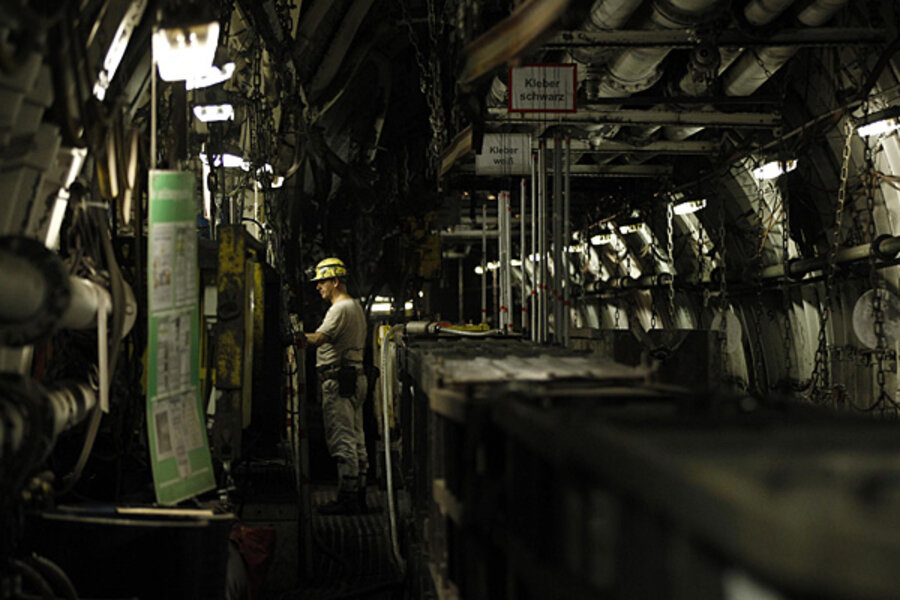Coal makes a comeback in Europe
Loading...
A funny thing is happening on the way to the clean energy future. While the US government wages a regulatory war on coal fired generation, in Europe, the land of the oh so politically correct the drive for greenhouse gas emissions reduction is meeting a new competitor—reality!
The EU emissions trading scheme had fallen on hard times as the number of permits issued was large and demand in a falling economy was weak so prices fell. Some reforms were made and the freebie credits were reined in but the economy was still weak. While progress was still made in emissions reduction it was not the transformation some had hoped to achieve.
Then the Japan earthquake and tsunami sends Europe into a frenzy over the safety of nuclear power and Germany announced major closures of its nuclear fleet. The Greens hoped killing off nuclear would give them a two-fer—less nuke and more renewables.
The German government policy is to encourage construction of 10 gigawatts of coal fired generation to displace aging nuclear plants and provide baseload backup for wind and solar power. Worldwide coal plant construction grew 5.4% over the past year according to BP and now represents about 30% of installed capacity. The trade-off is to reduce the number of free emissions allowances to drive up the carbon credits markets. To the Greens this is like paying penance for your sins. (RELATED: Exxon & Rosneft Plan to Drill for Oil in Old Soviet Nuclear Dumping Ground)
But markets are a fickle mistress. The lust for profits is a basic human business animal spirit. So a story recently in Bloomberg BusinessWeek caught my eye. It said that European power producers planned to open six times more coal fired generating plants than gas-fired generators by 2015. The story said profits at coal plants were expected to double repeating an analysis released September 13 by Goldman Sachs.
In the US the situation is reversed as low natural gas prices are accelerating the coal to gas conversion and forcing the retirement of many coal plants as economics and regulatory uncertainty combine into a double whammy for the coal industry.
The difference of course is the EU fear of the Russian gas price volatility and politics. High gas prices in Europe are the result of politically expedient deals that peg the price of Russian gas imports to the price of oil. In US markets the growth of domestic energy production of natural gas from shale sources has decoupled prices and driven natural gas down to near record levels. The markets are correcting the oversupply and gas prices are expected to climb as supply and demand come back into balance. Goldman Sachs forecasts gas prices will rise 17% by 2015 assuming normal weather. (RELATED: Big Oil Funding U.S. Politics)
So what’s the strange bedfellows story?
It seems that carbon credits markets have the same lust for profits as energy companies so some forecasters expect EU carbon credit prices to bounce back from their own record lows and grow by as much as 73% by the end of 2013 according to this Bloomberg report. Coal companies are glad to pay the carbon credit price to get back into robust operation and turn profits again. Meanwhile, nuclear plants are forced to shut down and renewable projects facing their old nemesis from the black fuels once again have a new challenger for low cost power production.
Who is cheering? EU utility ratepayers who have been taxed and gouged by politically correct but still artificially high utility rates to pay for the green aspirations of their politicians. Call it common sense, call it the revenge of markets, call it economic reality—the Europeans just might be onto something!
Source: http://oilprice.com/Energy/Coal/Coal-Set-for-a-Strong-Comeback-in-Europe.html







